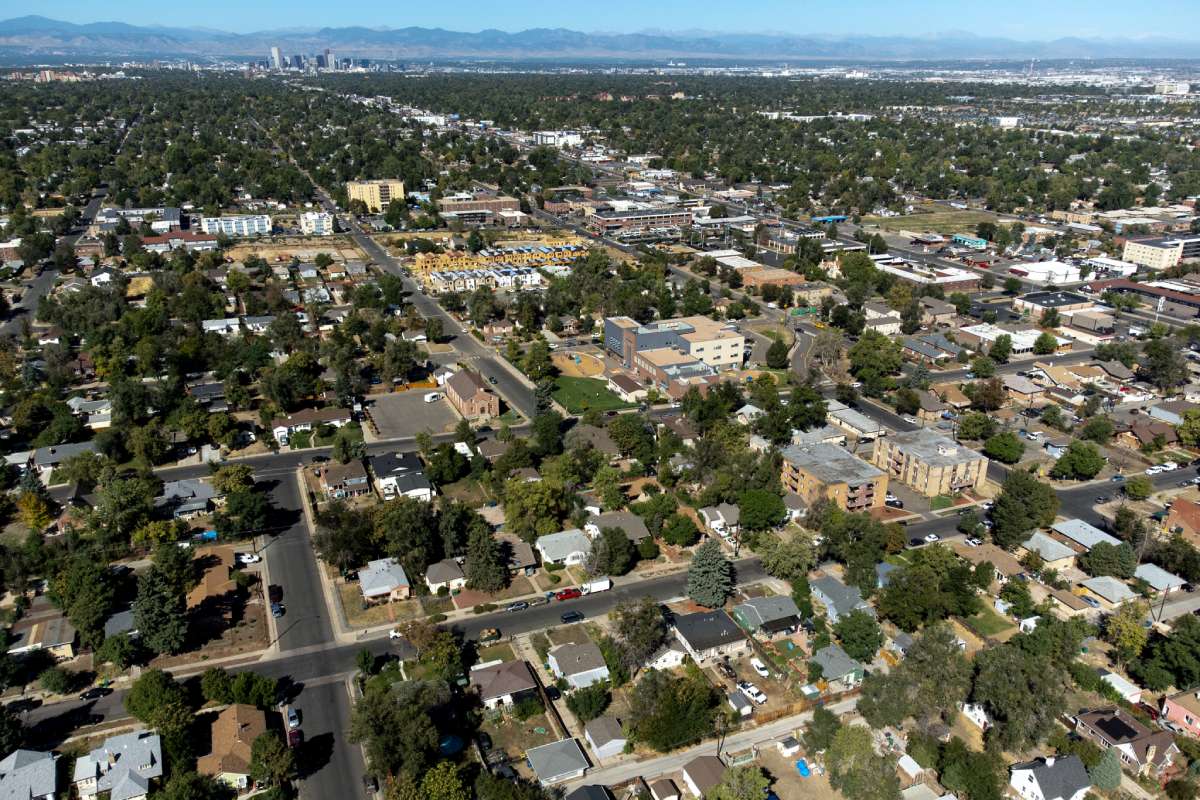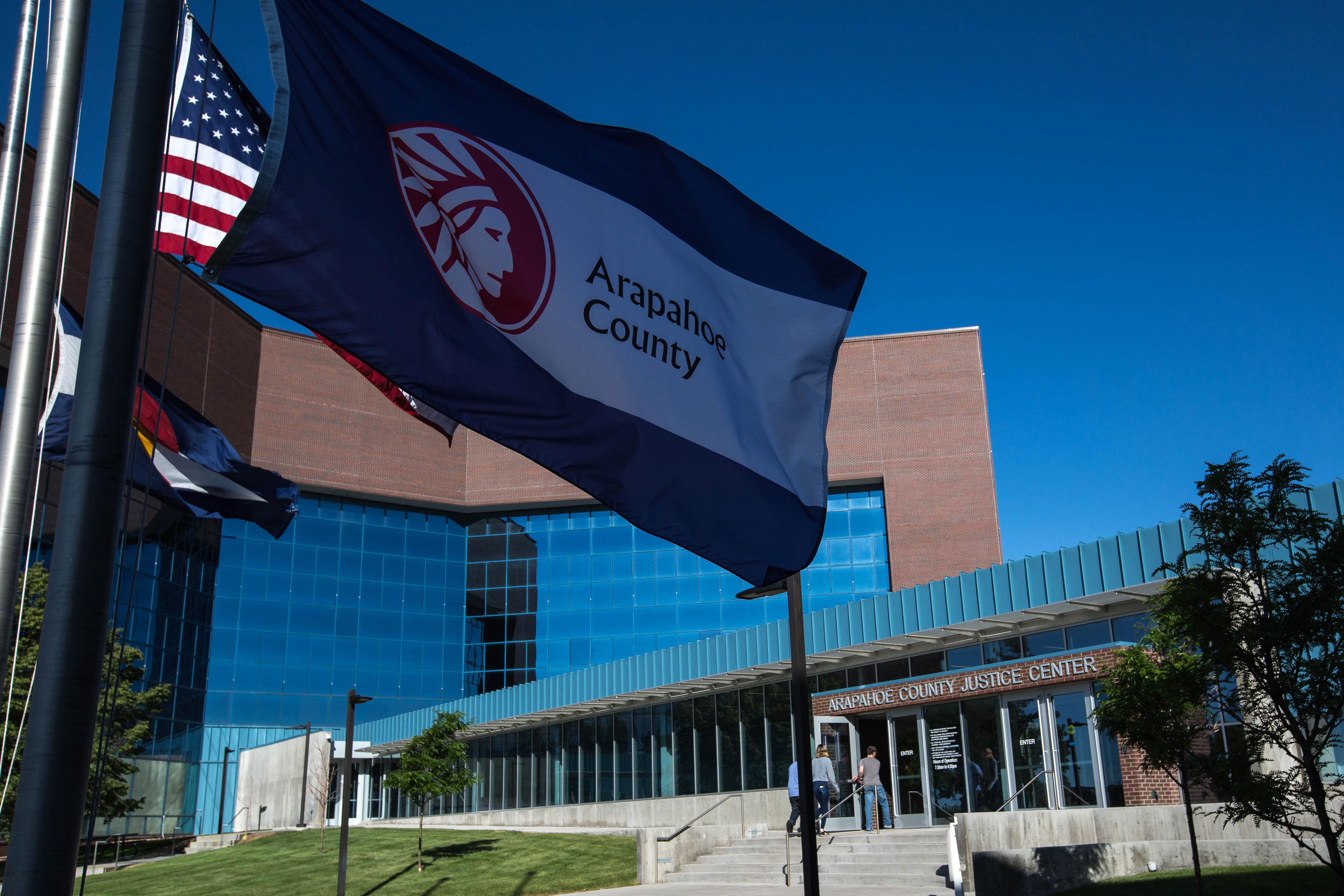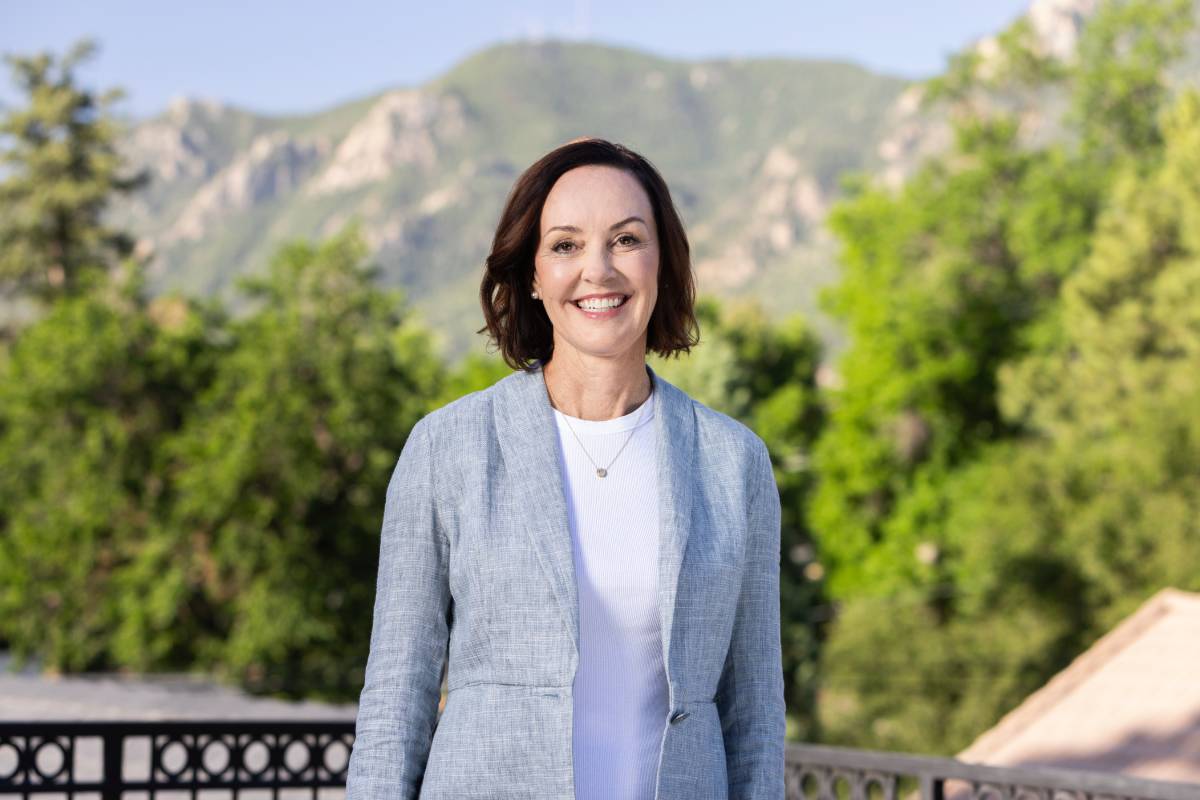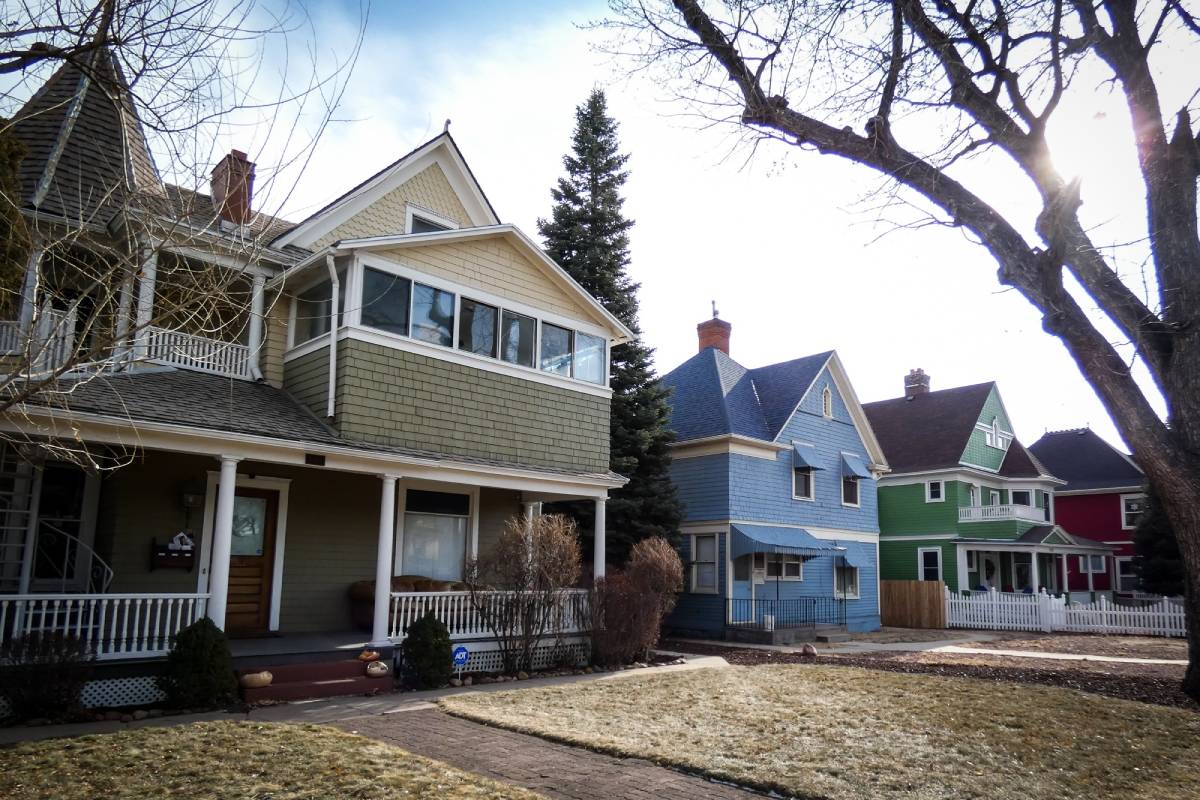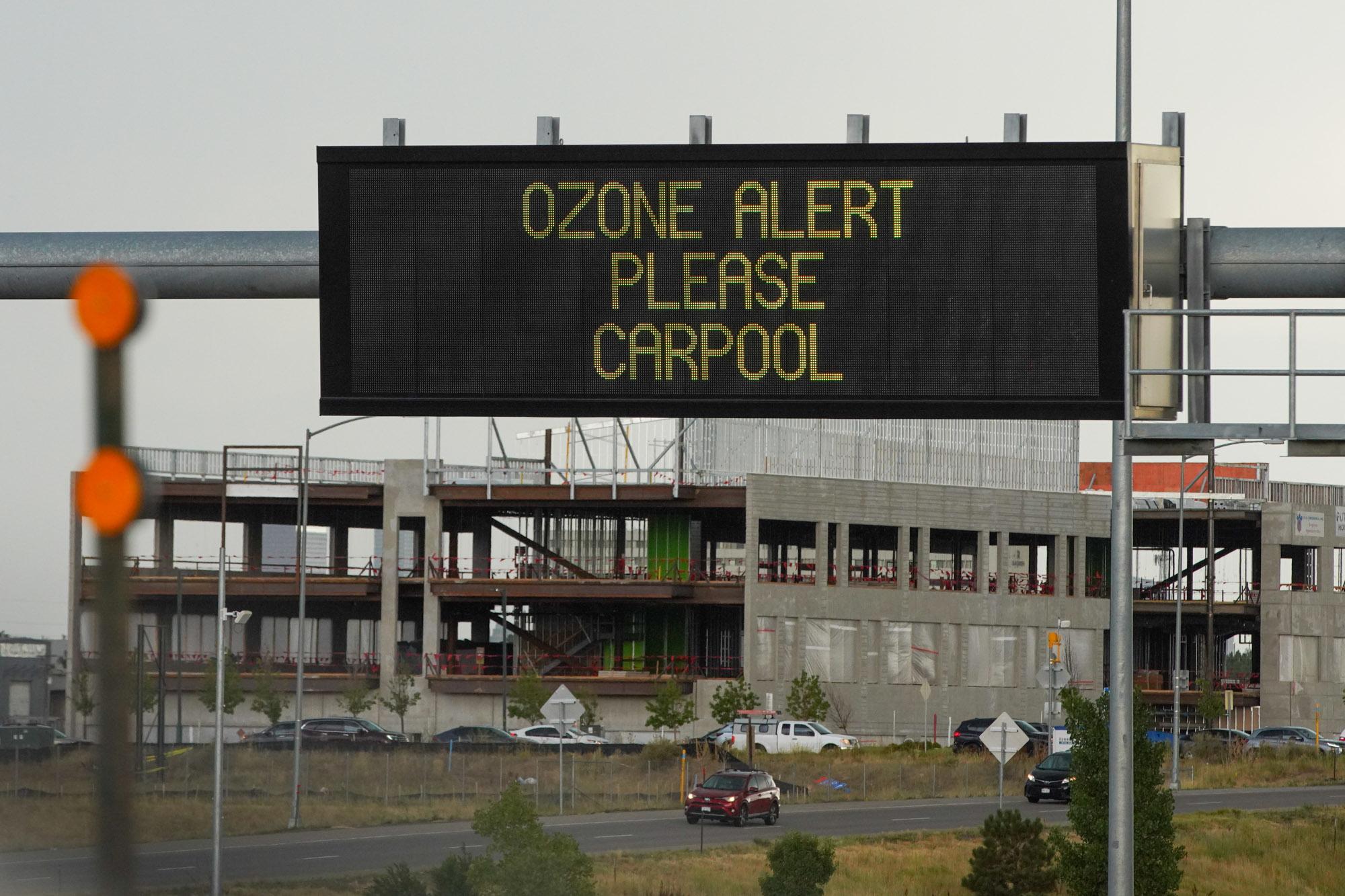
Gov. Jared Polis ordered his administration to develop new rules to slash the oil and gas industry’s contribution to ground-level ozone on Thursday, committing to crack down on the dangerous lung irritant that plagues large parts of Colorado each summer.
Scientists have associated ozone exposure with childhood asthma, heart attacks and premature deaths. The new directive takes particular aim at nitrogen oxides, which react with other pollutants to form ozone on hot, sunny days.
“These emissions have not yet been subject to actions that require steady, measurable emissions reductions on a schedule commensurate with meeting our air quality challenges,” Polis said in a press release. “Today that will change.”
He added the order represents the most significant attempt in state history to limit oil and gas pollution and the nation’s first comprehensive ozone program focused on the oil and gas industry.
The details are laid out in a letter Polis sent the Colorado Oil and Gas Conservation Commission and the Colorado Department of Public Health and Environment. It orders regulators to work together on new rules to force producers to reduce nitrogen oxide emissions 30 percent by 2025 and 50 percent by 2030. Those reductions will be measured against 2017 emissions levels.
The announcement comes as the Front Range continues to struggle to meet federal air quality standards for ground-level ozone. After decades of missing deadlines to come into compliance, the U.S. Environmental Protection Agency reclassified the nine-county region as a “severe” ozone violator last year.
Oil and gas operators have faced increased scrutiny as the state attempts to bring the region back into compliance. Last year, the Colorado air regulators announced a major correction to modeling data it planned to submit to the federal government as a part of its latest ozone plan.
The revised calculations predicted nitrogen oxide emissions from drilling and hydraulic fracturing in 2023 were likely nearly double the state's original estimates. As a result, those two activities alone appeared likely to account for more ozone-causing emissions than all cars and trucks along the Front Range. In total, the industry is expected to account for 45 percent of the region’s nitrogen oxide emissions in 2023.
Oil and gas representatives have questioned the methodology behind the nitrogen oxide estimates. Meanwhile, environmental groups have suggested several policies to cut those emissions, including requiring the industry to power fracking and drilling operations with electricity or cleaner internal combustion engines. A more aggressive idea is to pause those activities during the summer ozone season.
With regard to the upcoming rules, Lynn Granger, the Midwest/Mountain West director of the American Petroleum Insitute, acknowledged ozone is a persistent problem, but noted state models suggest natural sources and out-of-state pollution are the largest contributors to the region’s high ozone levels.
“Nevertheless, our industry will continue to be part of the solution and rise to the challenge, as we always do, utilizing technology and innovation to help achieve these targets,” Granger said.
It’s also unclear what impact the new rulemaking effort will have on planned legislation backed by progressive state lawmakers. While a draft hasn’t been released, sponsors have said they want to overhaul how Colorado permits new drilling projects, requiring a far more careful eye to potential air quality issues.
In any event, the announcement of the planned regulations won quick praise from a former EPA administrator, several local environmental groups and both of Colorado’s U.S. senators.
“Colorado led the country on fighting methane emissions, and now it will lead on lowering NOx emissions,” Sen. John Hickenlooper said in Polis’ press release. “Limiting NOx emissions cleans up our air and improves public health — especially for kids and Coloradans with asthma. Cleaner technology also benefits our climate.”

